Winter Houseplant Care Guide
Did you know that plants enter their annual 'dormancy' during Winter? This is a rest period and “holding pattern”, as they tick over until the next active growing season. With lower sunlight availability and chilly temperatures, you'll need to adjust your care. Follow our simple houseplant winter care tips below to keep your houseplants happy and healthy during this integral stage of their growth...

1. CUT BACK ON WATERING:
The biggest risk during the winter months is overwatering, due to plant water needs being reduced. This reduction is caused by the plant entering its annual dormancy, a period of little to no growth, that coincides with colder temperatures. As plants consume less water, the soil stays wetter for longer.
As a plant parent, it is important to not water “unconsciously” on a regular schedule, as you may have done in Summer. Rather let your watering schedule be about checking whether the plant needs water at all. In the warmer months, you may have soaked or completely saturated your plant to ensure that no dry pockets of soil remained around its root ball. In the cooler months however, some more frequent ‘spot watering’ rather than long soaks may be required for plants that are sensitive to overwatering.
TOP TIP: It is best to err on the side of consistency instead of reactive watering when plants demonstrate their thirst. Especially fussy plants such as Fiddle Leaf Figs prefer consistency in their watering regime, even at a reduced watering rate in Winter. Try using a Moisture Meter for increased accuracy. They’re inexpensive and tell you exactly what the moisture levels are at the root ball. Below are a few extra tips for guidance.
3 Simple Ways to Check if Your Plant Needs Water:
Overwatering and underwatering are both common pitfalls—especially in winter, when plants grow more slowly and use less water. Instead of sticking to a strict schedule, tune into what your plant is telling you by using the simple Look–Weigh–Feel method:
-
Look – Observe your plant’s appearance. Is it drooping, or are the leaf tips dry and crispy? That’s often a sign of underwatering. Yellowing leaves, on the other hand, usually point to overwatering.
-
Weigh – Gently lift the pot. A well-watered plant will feel noticeably heavier than a dry one. Over time, you’ll get a feel for what’s “normal”.
-
Feel – Poke your finger about 4–6 cm into the soil. If it feels dry at that depth, it’s probably time to water. If it’s still moist, wait a few more days.
This method takes just a few seconds and can make all the difference in keeping your plant happy and hydrated—without overdoing it.
2. MAKE ADJUSTMENTS TO THE LIGHT
Whilst your houseplants may be in a dormant phase, they still require plenty of light to get them through this chilly season.
Some of the practical means of doing this include:
- Cleaning your windows: Sounds obvious, but this can have a marked effect on the daily light penetration.
- Rotate your plants: regularly to ensure they receive even exposure to soft direct or indirect sunlight. This helps prevent them from leaning toward a single light source. As the seasons shift, so does the angle and intensity of sunlight entering your home. Take note of these changes—your plants may not only need rotating but might also need relocating to a brighter, happier spot for the winter months. Think of it as a seasonal décor refresh for both your space and your plants.
-
Consider substituting natural light with grow lights: With the legalisation of marijuana for personal use, these are now readily available on many online stores. Be sure to check in with these suppliers regarding beneficial light spectrums before purchasing. Youtube has many great tips too.

3. REFRAIN FROM FERTILISING
As a general rule, it is best to avoid fertilising in Winter. Plants are not in their active growing phase (which might account for your favourite plant baby not having produced a new leaf in a few weeks…) and thus do not need the extra nutrients.
If however you do continue to fertilise, this should only take place if your plant is still actively growing; it can lead to an excess build-up of minerals in the soil, which can burn plant roots and compromise the health of the plant – i.e., the adverse effect. Overfeeding in Winter will lead to weak and leggy growth and will typically show up as discolouration in the foliage.
It is best to start a regular feeding regime in Spring when new growth has started to flourish. You can read about how to go about this in our blog post on Spring Plant Care.
4. WIPE THE LEAVES CLEAN
Many of our most valued indoor plant varieties are prized for their foliage, and in Winter, heaters, fireplaces and a reduction of indoor air movement can cause a build-up of dust, and even a sooty black layer, which is almost indiscernible to the naked eye.
Only when wiping the leaves with a tissue will you notice how grimy the leaves are. Be sure to make a habit out of wiping the leaves clean regularly. They are, after all, the breathing apparatus for your plant.
For extra effectiveness, use a damp cloth, soaked with lukewarm water. You may also add some diluted dishwashing soap or a few drops of lemon juice to help remove excess grime.
TOP TIP: Avoid leaving any watermarks or wetness on the leaf, as these may leave permanent markings or encourage fungal infections. Consider trying a leaf shine product every so often to help with watermarks.
TOP TIP 2: If you have many plants, try the sock-hand trick when you need to clean them. Take an old (clean, please) sock and wear it on your hand whilst wiping down the leaves.

5. DON'T FORGET THE PESTS
Pests can be especially pesky during seasonal changes. To keep them at bay, regularly prune away dead or diseased leaves, as these provide perfect hiding spots for unwanted critters and fungi. Avoid leaving any debris or dead foliage in the pot or on the soil surface.
Even though your plants may be dormant and require less water in winter, it’s important to check them regularly—inspect the backs of leaves, stems, and soil surface for early signs of pests. Hungry pests don’t take a winter break, and catching infestations early can save your plants from serious damage.
You can also consider some preventative spraying of a beneficial organic pesticide, such as Pyrol or Bioneem, which will help keep infestations at bay. Preventatively, treat your plants about once a month with your choice of pesticide. If you do spot an outbreak, act quickly using the methods that worked for you during the warmer months.
For more on common household pests, read Identifying, preventing and treating Pests.

6. IF YOU ARE COLD, YOUR PLANTS ARE COLD TOO
Most houseplants come from warm, tropical climates and thrive in consistent, mild temperatures—ideally between 18 and 24°C during the day and no lower than 13°C at night. While many can tolerate brief dips, sudden drops or cold drafts can shock them and stunt growth.
Be mindful of chilly gusts sneaking in through open windows, doors, and passageways. If your plant lives near a window or on a windowsill, consider relocating it—especially in regions where overnight temperatures regularly drop to near or below freezing in winter.
TOP TIP: It is best to provide houseplants with at least a 30cm distance between a window and your houseplant to guarantee they will be happy.
7. CHECK HUMIDITY
We often associate humidity with warm temperatures. However, heaters and fireplaces can dry out the air and lower the ambient humidity to a degree where adjustments may be required. This is especially relevant for plants that require medium to high humidity to look their best, such as Calathea, Dragon Trees, Parlor Palms and Begonias.
When it comes to happy tropical houseplants, aim to maintain indoor humidity levels between 40–60% to help your plants really flourish.

Here are a few simple ways to give your plants the extra humidity they crave:
- Group your plants: they naturally create a more humid microclimate through transpiration.
-
Relocate them to more humid rooms: such as bathrooms or kitchens.
- Use a pebble tray: place the pot on a tray filled with water and pebbles (making sure the base doesn’t sit directly in water).
-
Invest in a room humidifier: ideal for larger plant collections or consistently dry spaces.
Try avoiding spritzing your foliage during these colder months, as this is likely to lead to fungal and bacterial infections due to the lack of airflow and longer drying time of the foliage.
8. AVOID REPOTTING
Since winter is a time for rest and slower growth, it’s best to hold off on repotting during these colder months. Repotting can disrupt your plants when they’re least able to bounce back, increasing the risk of stress or damage.
Instead, plan repotting in spring, as the longer days and warmer temperatures encourage rapid root development and faster recovery. This timing ensures your plants settle comfortably into their new home and become stronger throughout the growing season before winter heads back again.
9. ACCEPT THERE MAY BE LOSS
Despite the possibility of plant loss, this does not imply that all plants will die. In this case, we are referring to leaf loss. It is natural for houseplants to lose a few leaves from time to time, and this is especially prevalent during Winter.
In general, leaf loss occurs when the plant acclimates to the change of season, and when there is less light and food available. Occasionally trimming off a few lower older leaves can help prevent extreme leaf loss if your plant is overgrown. Besides it keeps your plant looking more compact and bushier.
If you find that your plant keeps losing foliage after a few weeks of Winter, cycle back and make sure your plant is in its optimal lighting space, has no pest infestation or is suffering from cold.

Use these tips as a weekly checklist for your indoor plant care in cold weather. The more time you spend observing your plants, the more intuitive their needs will become—no matter the season. With practice, you’ll start to read the signs and respond like a natural.





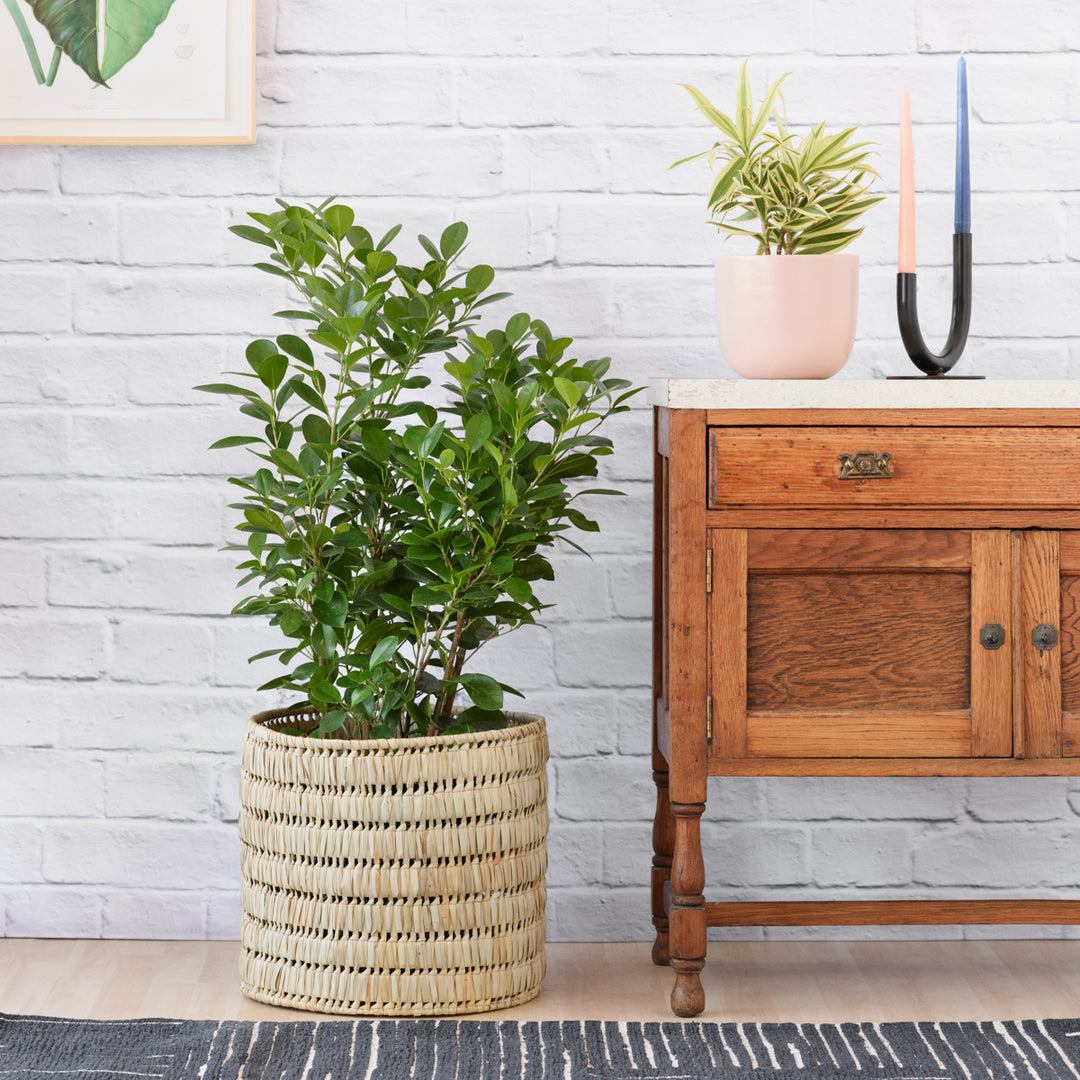
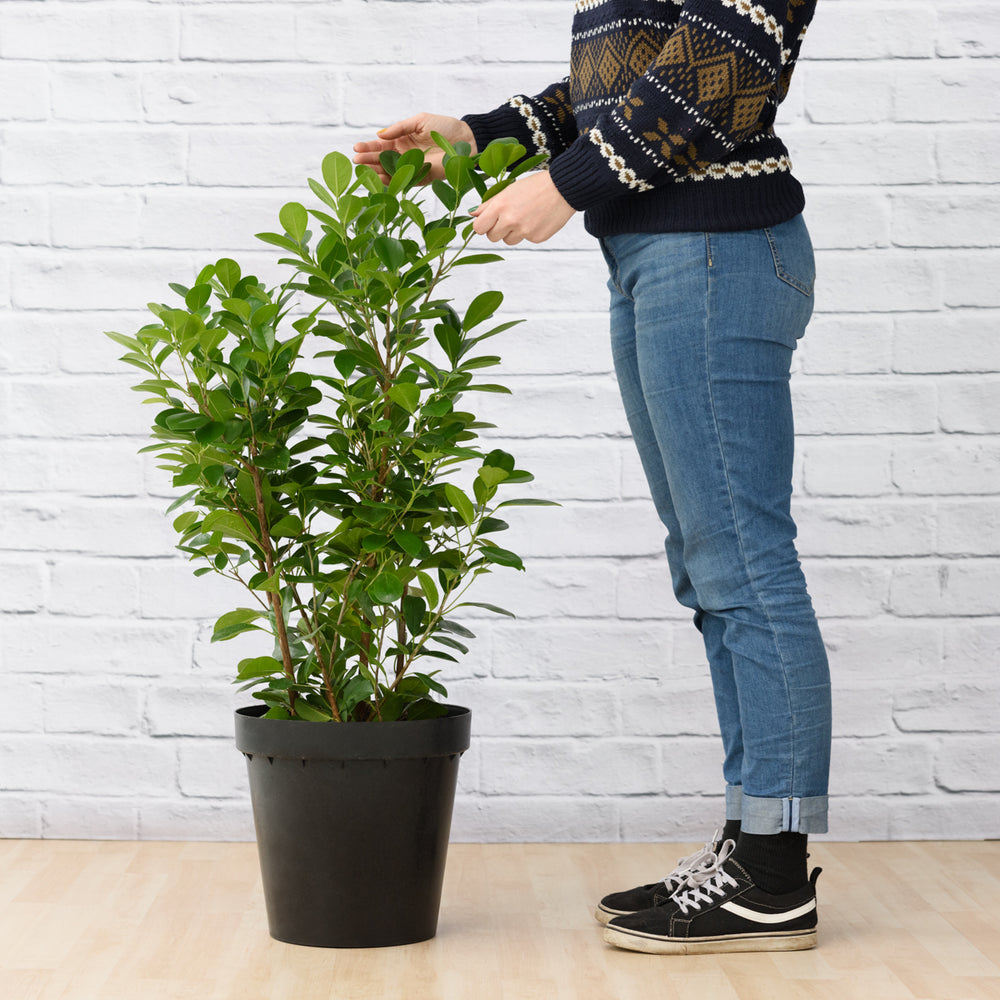
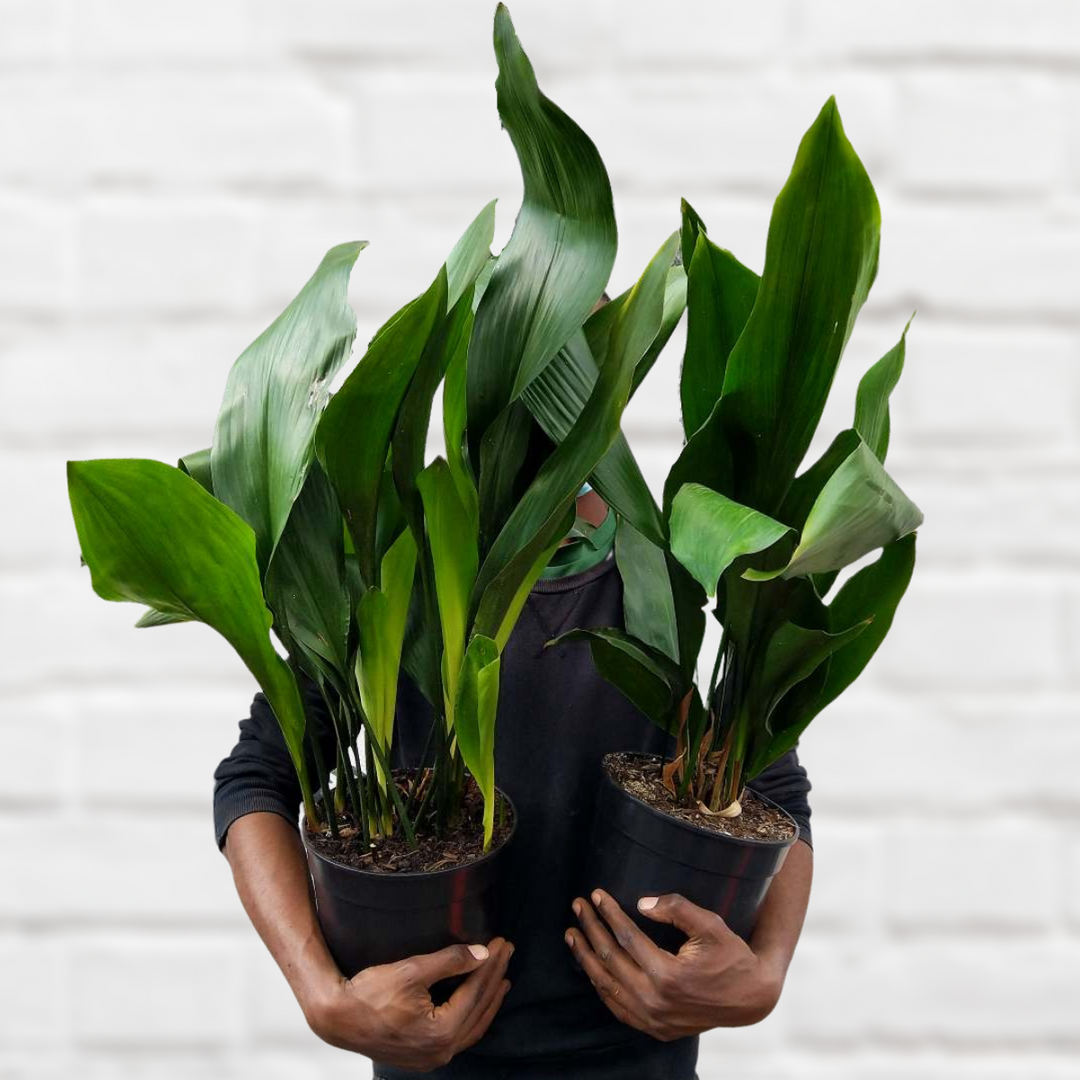
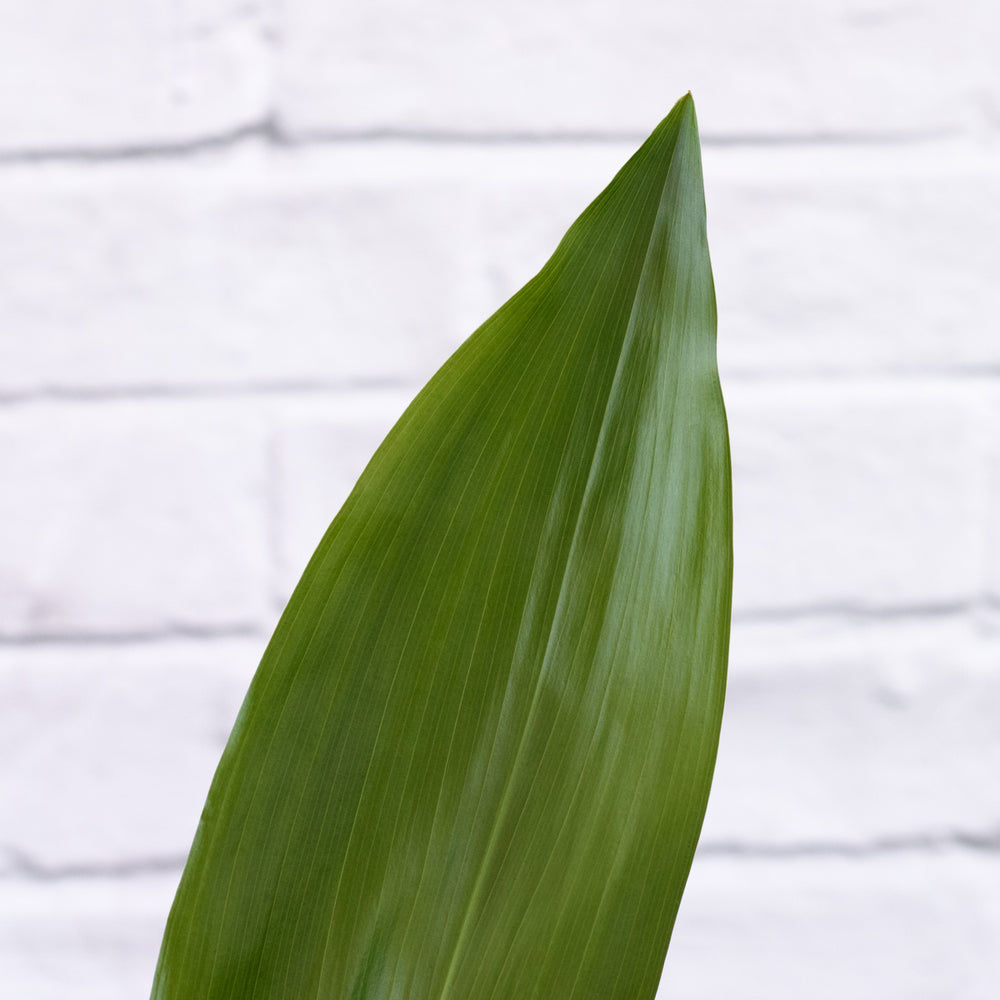
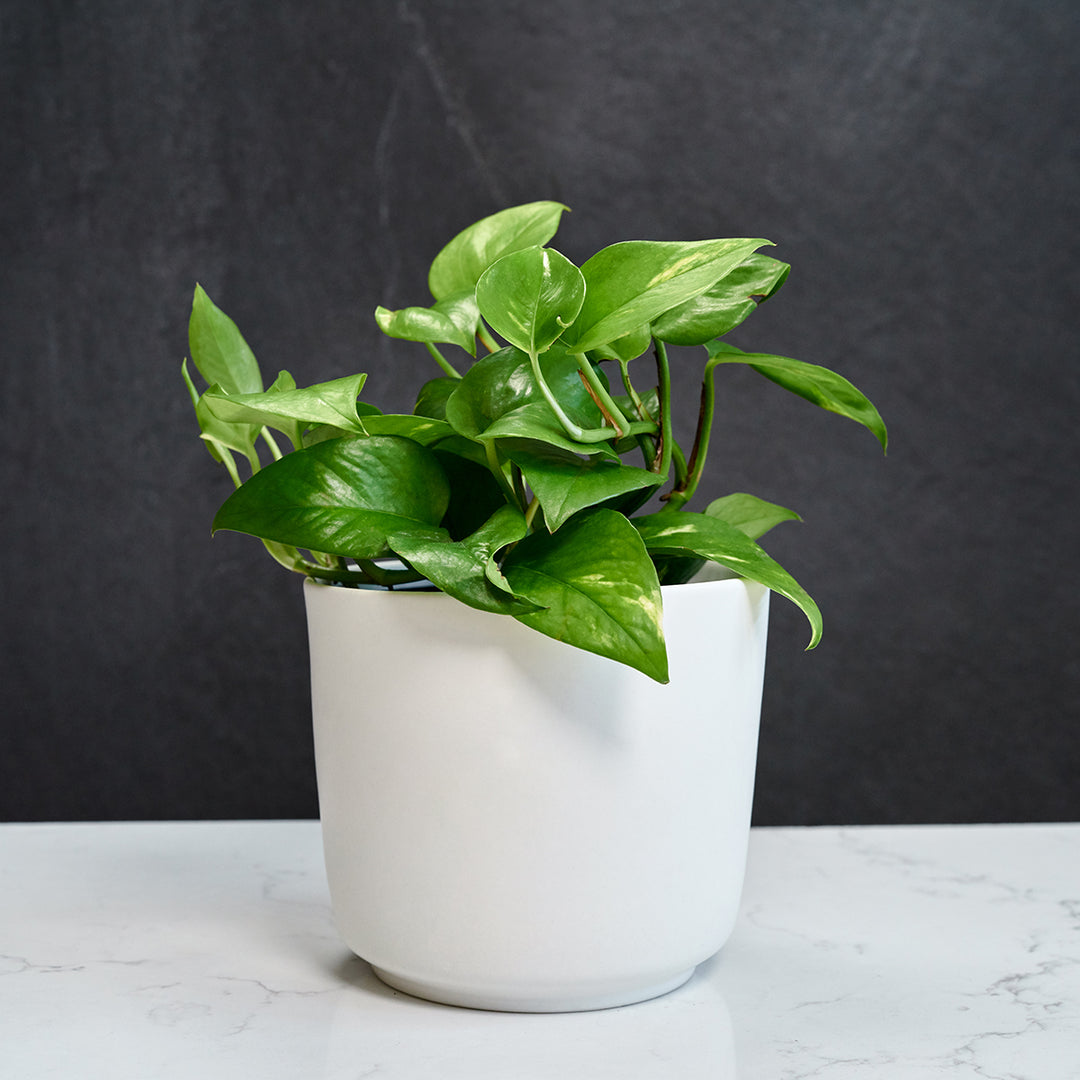
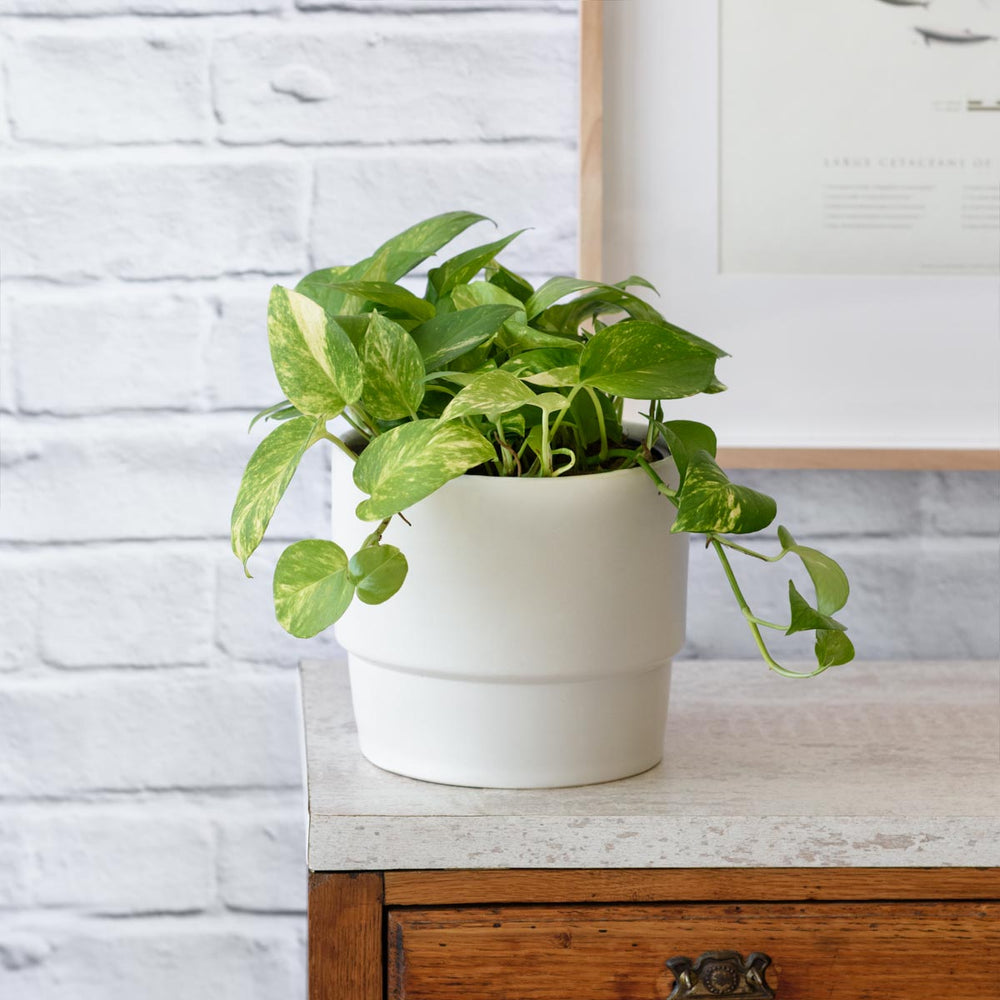
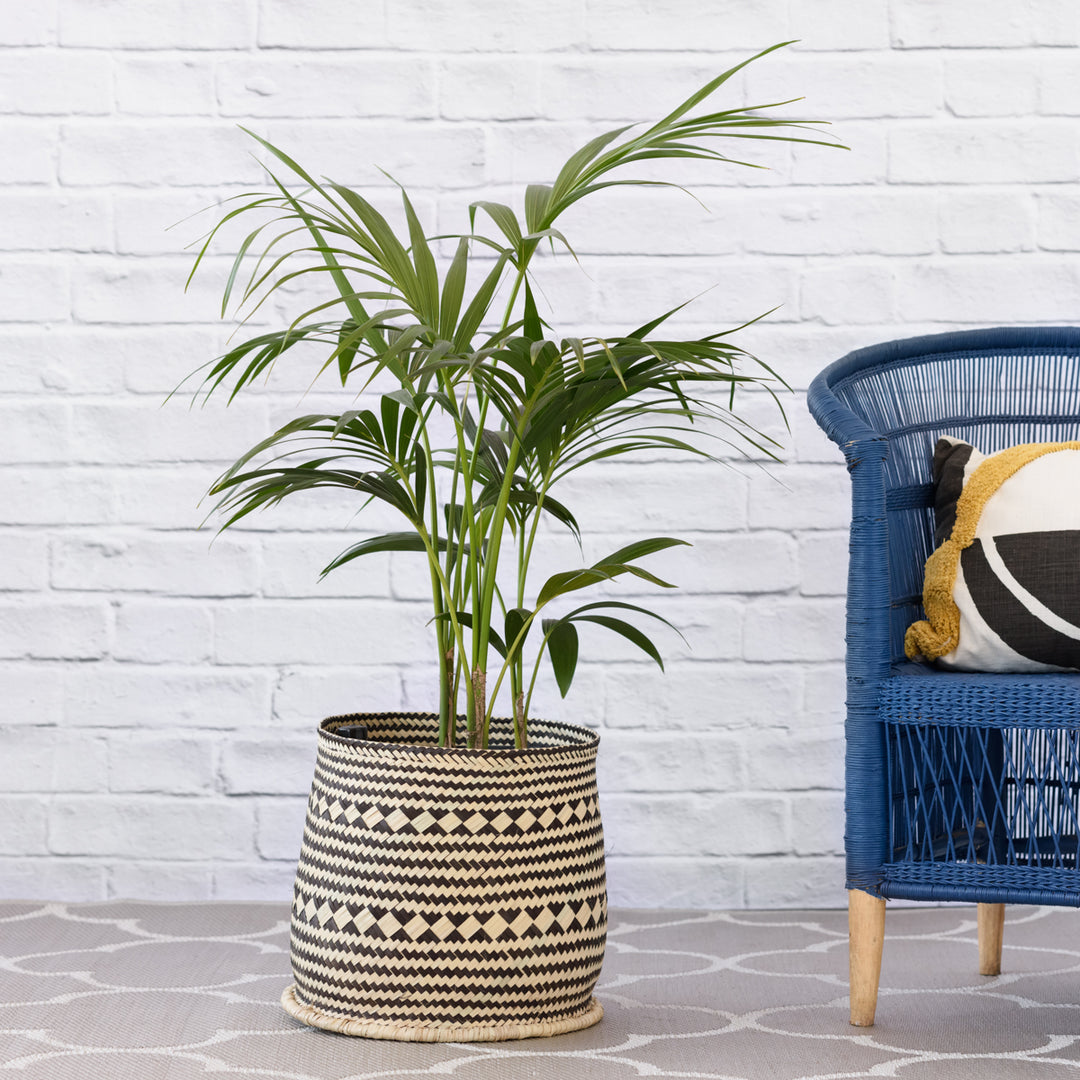
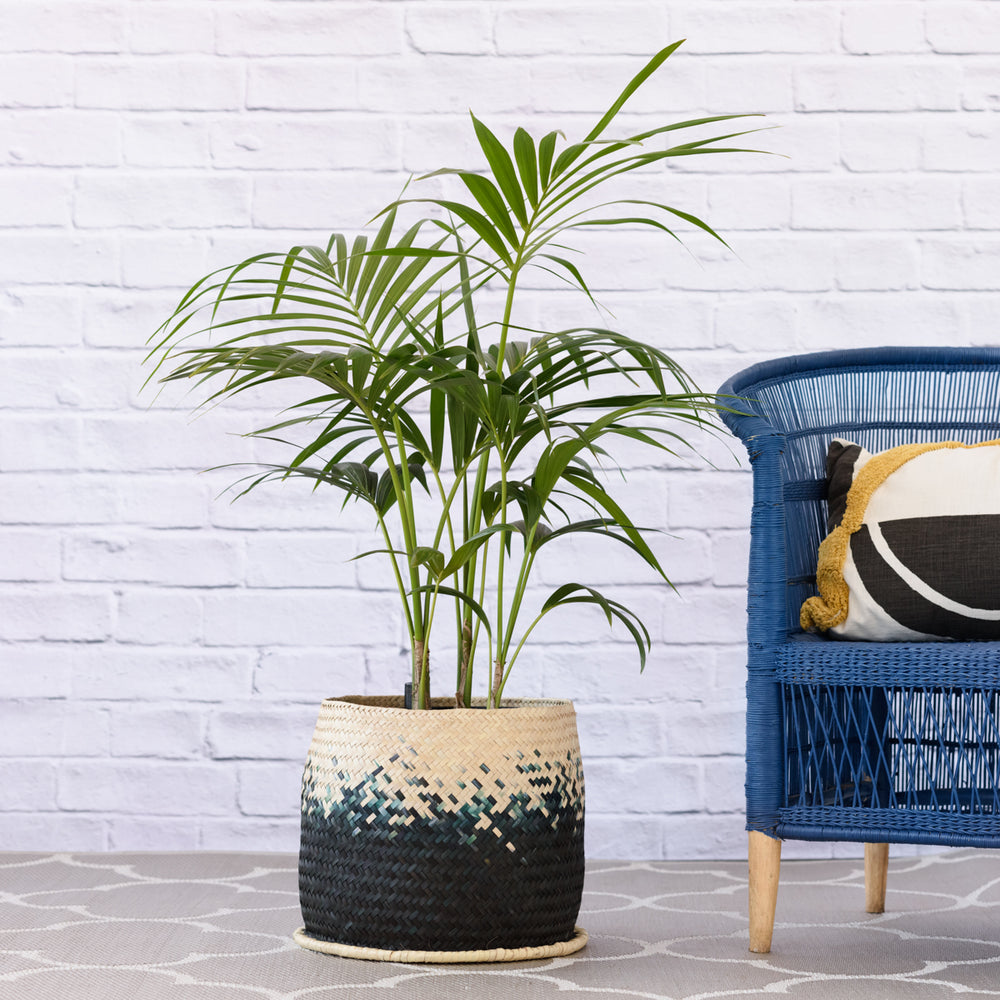

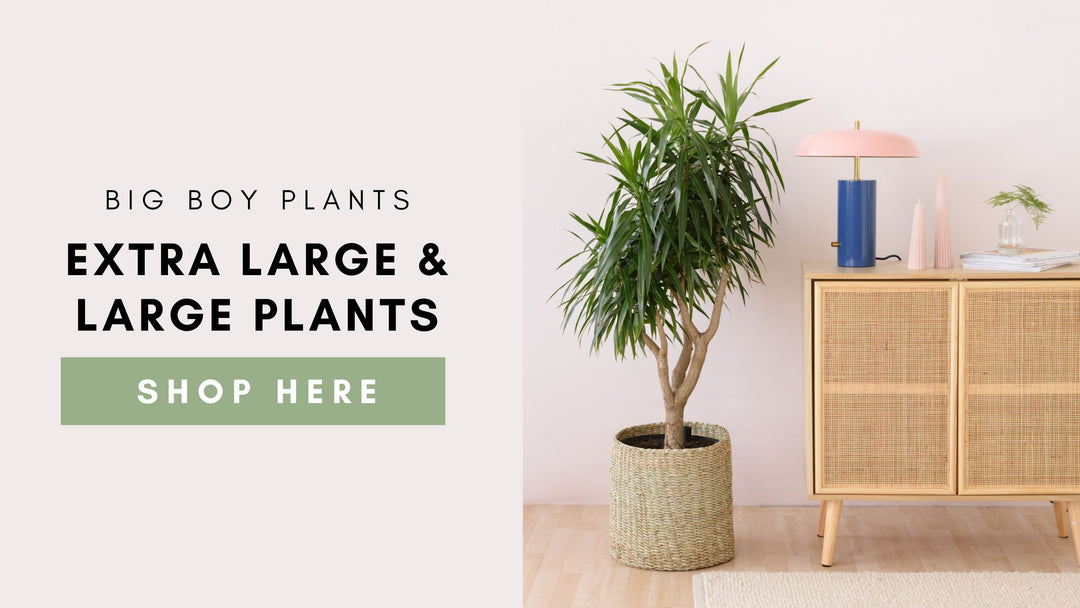
Leave a comment